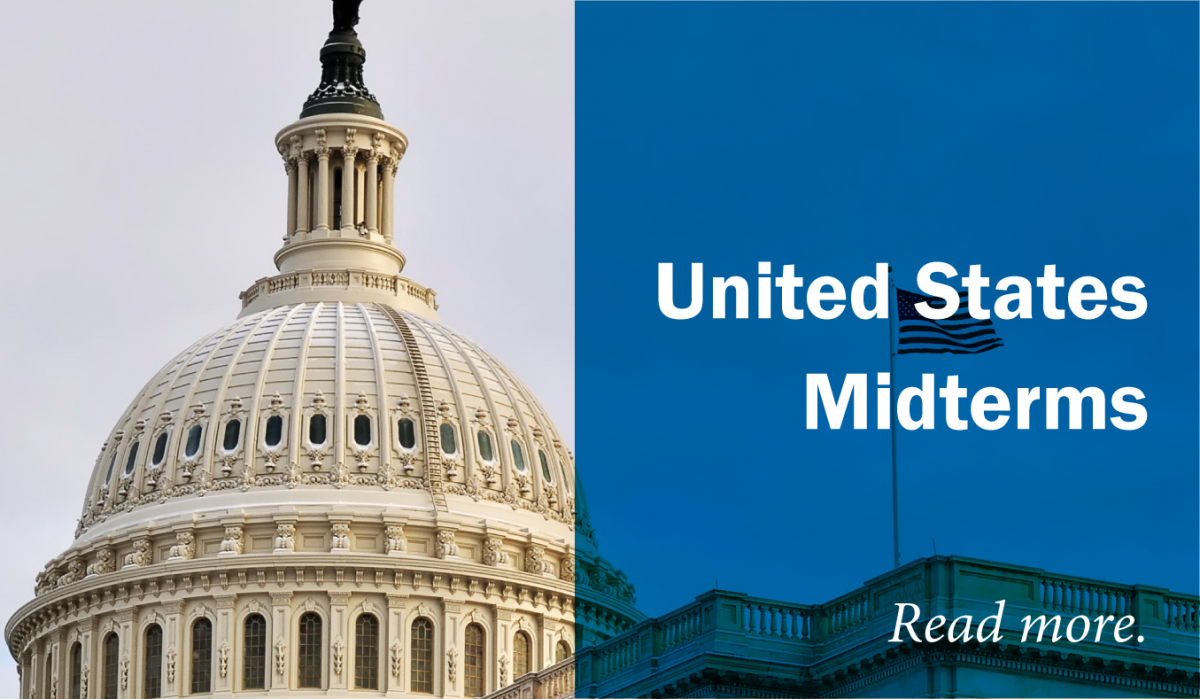The U.S. Government Acknowledges a Foreign Threat to American Elections. Will It Act?
"Washington has failed to fully address foreign interference in elections." –David Salvo
Everyone from senior officials in the Trump administration to the executives of the social media platforms have warned that foreign adversaries are attempting to influence the elections. Russian-linked actors have hacked political campaigns, phished Senate offices and Washington think tanks, and established websites and social media accounts to spread disinformation about divisive political issues in the United States.
Unfortunately, the U.S. government has failed to address many of the vulnerabilities that the Russian government exploited in its operation to interfere in the 2016 presidential election. For example, the tech platforms have acknowledged that Russian-linked operatives were buying politically-motivated ads on their sites in the run-up to the midterms, just as the Internet Research Agency, the Kremlin-linked troll farm based in St. Petersburg, did throughout the 2016 campaign. Yet partisanship in Congress has so far scuttled attempts to pass legislation that would require the purchasers of political ads online to disclose their sources of funding.
In an effort to assist the states in improving their electoral infrastructure after Russian operatives probed or penetrated 21 states’ election systems during the 2016 election, Congress allocated $380 million for election security earlier this year. However, it then failed to pass additional legislation introduced later in 2018 that would have made even more federal resources and know-how available for state and local governments. Coordination between the states and Washington may be better than it was in 2016, but it is imperfect at a time when cyber-attacks against U.S. election databases are increasing. Coordination is also important for public messaging, so Americans can have confidence in the integrity of the electoral system. In Florida, for example, county election officials, the Florida State Secretary of State, and Florida’s two senators in Washington each publicly offered different assessments of the security of the state’s electoral infrastructure.
Another vulnerability that has not been remedied since 2016 is the potential for foreign funding to make its way into the U.S. political system. Foreign funding in political campaigns is strictly prohibited by U.S. campaign finance regulations, but loopholes exist that can allow foreign actors to move money into the United States that is then used to unduly influence political campaigns. The FBI has been investigating whether Russia-linked actors, including government actors, did exactly this in 2016; yet, the Executive Branch and Congress have not fully closed off these loopholes, often involving real estate transactions and shell companies.
If there is a silver lining for the midterms, it is that a foreign interference operation of the size and scope of the Russian operation targeting the 2016 presidential election is unlikely to materialize by November 6.
The U.S. government also has not rectified structural weaknesses that impede a coordinated response to foreign interference operations. Several government agencies now have task forces to address the issue, but their disparate efforts are uncoordinated across the agencies. Bringing together the elements of government that work on cybersecurity, election security, disinformation, and illicit finance — in addition to the various analytical components of the intelligence community — is still sorely needed. The administration should appoint a senior-level foreign interference coordinator at the White House to direct the policy process on these issues. Congress should also establish a National Hybrid Threat Center at the Office of the Director of National Intelligence to harness the intelligence agencies’ various analytic capabilities on the threat of foreign interference under one roof.
More work must also be done to raise the costs on foreign actors who interfere in U.S. elections. The Trump administration has imposed more sanctions on Russian individuals and organizations for a variety of offenses, including election interference. However, the administration still has not fully implemented all of the sanctions authorities Congress legislated. More consistent messaging from President Trump that the United States considers foreign interference a threat to national security — and will take all necessary measures to defend against and respond to it — will be critical to deterring hostile actors from undermining our elections, breaking down partisan barriers to implementing defensive measures, and uniting Americans on an issue that still polarizes the electorate.
If there is a silver lining for the midterms, it is that a foreign interference operation of the size and scope of the Russian operation targeting the 2016 presidential election is unlikely to materialize by November 6. There has also been some bipartisan cooperation in Congress; the work of the Senate Select Committee of Intelligence, under the bipartisan leadership of Chairman Richard Burr and Vice Chairman Mark Warner, is particularly noteworthy for exposing Russian disinformation campaigns designed to undermine our elections and amplify divisions between Americans.
The prevailing consensus in Washington is that the threat of foreign interference will not abate after Americans go to the polls November 6. Aside from Russia, other authoritarian regimes like China — already fingered by President Trump as a perpetrator of election interference during his speech at the UN General Assembly, although the evidence presented by the President does not necessarily constitute “interference” — possess the capabilities and the motivations to target U.S. elections in the future, including the 2020 presidential campaign. Time may have run out on making the midterms more secure, but there is no time like the present for government to start preparing for 2020.
Read the full publication »
Photo Credit: Rob Crandall / Shutterstock

